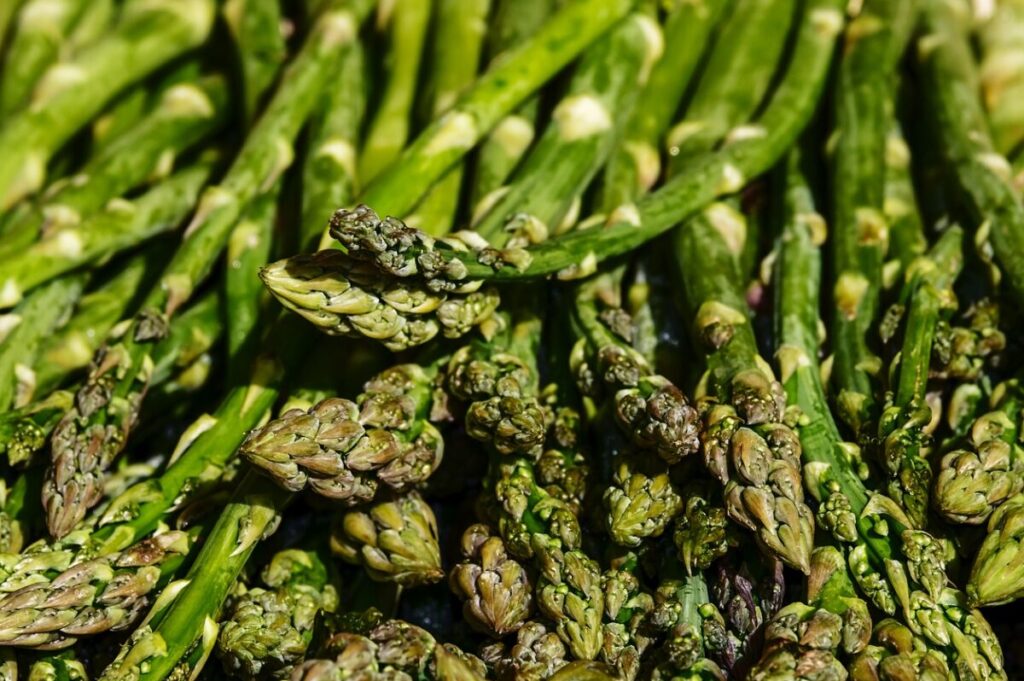High in fiber and various vitamins, asparagus has great nutritional value. For anyone looking to add these delicious vegetables to their garden this year, here are some basics to know.

Taking Care of Asparagus
To ensure your asparagus plants thrive, there are several things that must be considered:
Soil
It is best to improve the soil before planting. The ideal pH level of the soil is anywhere in the neutral range, between 6.5 and 7.0 pH levels, and should have plenty of organic matter, like compost, mixed in.
Additionally, the soil should be well-draining, preventing the plants from sitting in water, and the area clear of any weeds or large stones.
Water, Light, and Ideal Temperatures
These plants will grow best in full sun and need regular watering. They should be given 1-2 inches of water each week throughout the first two growing seasons. Older plants can be given only 1 inch a week.
Additionally, the plants will thrive in temperatures anywhere from 70 to 85 degrees Fahrenheit during the day and 60 to 70 degrees at night throughout their growing season. Slower growth may be seen in temperatures above 85 degrees or below 55 degrees Fahrenheit.
Planting Your Asparagus
When planting asparagus, it’s important to consider the long-term growth of the plant. Be sure to pick a spot where the plants will not have competing vegetables and plenty of space.
Depending on the variety, the plants should be placed 12-18 inches apart; any heirloom varieties of asparagus will need even more space as the plants will self-sow in later years.
Oftentimes, gardeners find it easier to grow asparagus from crowns rather than seeds. The crowns should be placed in a trench that is about 12 inches deep and 12 inches wide. Create mounds about 18 inches apart, making sure to mix in compost or other organic matter.
Place the crown on top of the mound, making sure to spread the roots down the sides and ensuring it is approximately 6 inches below the soil line. Cover the crown with soil and water well.
As the plants grow and shoots appear, more soil should be added to the trench, filling it until it’s flush with the soil line.
If planting from seeds, expect to wait even longer before harvesting.
Ensuring Winter Survival
Because the asparagus plant needs several years of growth before being harvested, it’s important for gardeners to ensure their survival throughout the winter. To do this, make sure to cut the plants to the ground each year before new growth begins in the spring.
Beware of the Beetle
Luckily, asparagus doesn’t have too many common diseases or pest problems. Gardeners can avoid fusarium wilt by veering away from older varieties of asparagus and planting resistant hybrid varieties.
However, all gardeners should make sure to keep an eye out for the asparagus beetle. These pests are most active in the afternoon but can be easily dealt with. Simply handpick the beetles from the plants and place them into a bucket of soapy water. If there are too many beetles to handpick, try using diluted Neem oil to help keep them under control.
A Good Harvest Takes Time
Patience is key when growing asparagus. For healthy, well-established plants, it is essential to wait to harvest the plants until the third year after they’re planted. This allows the plants to have time to grow and establish strong root systems.
